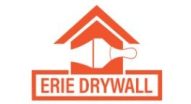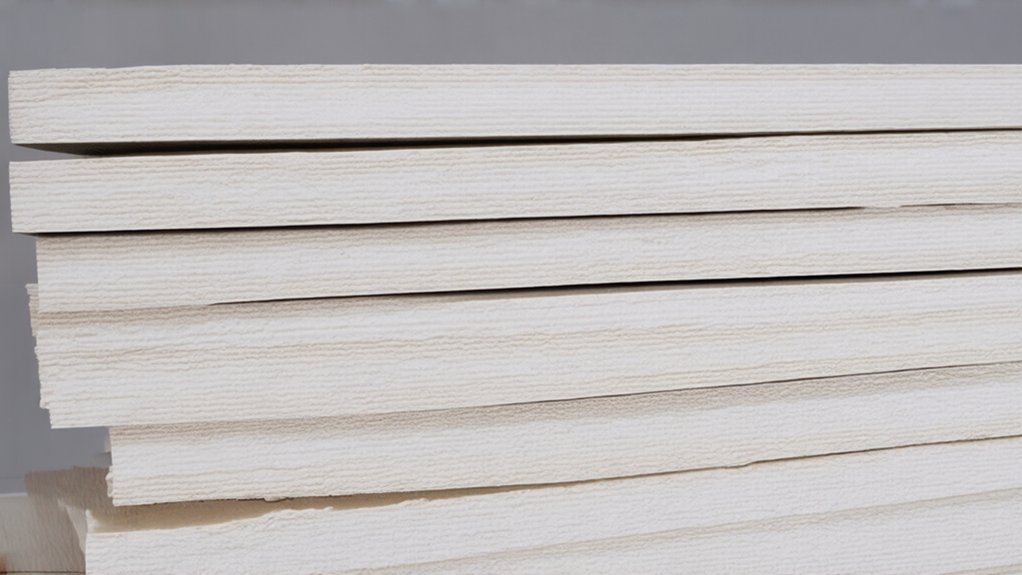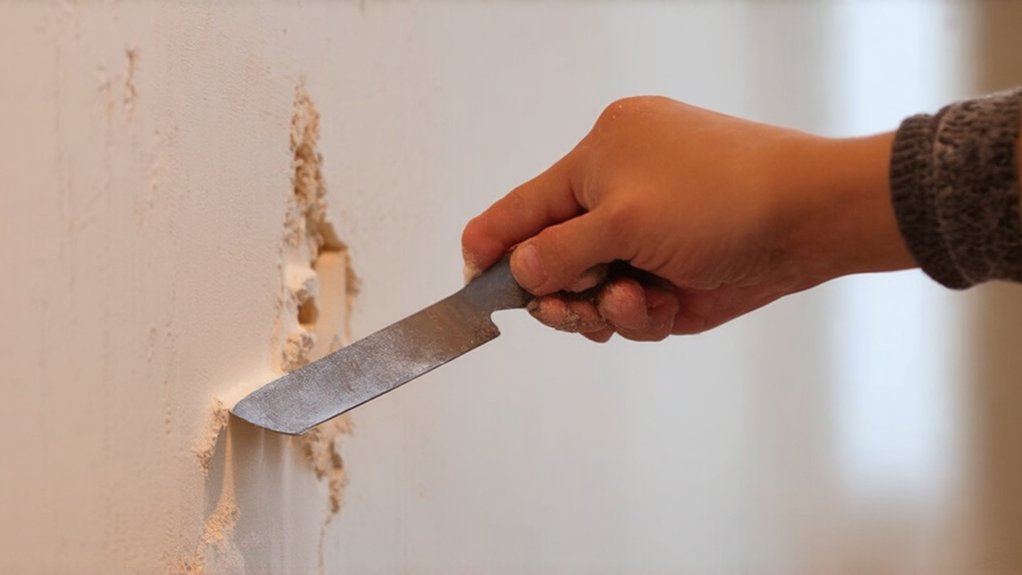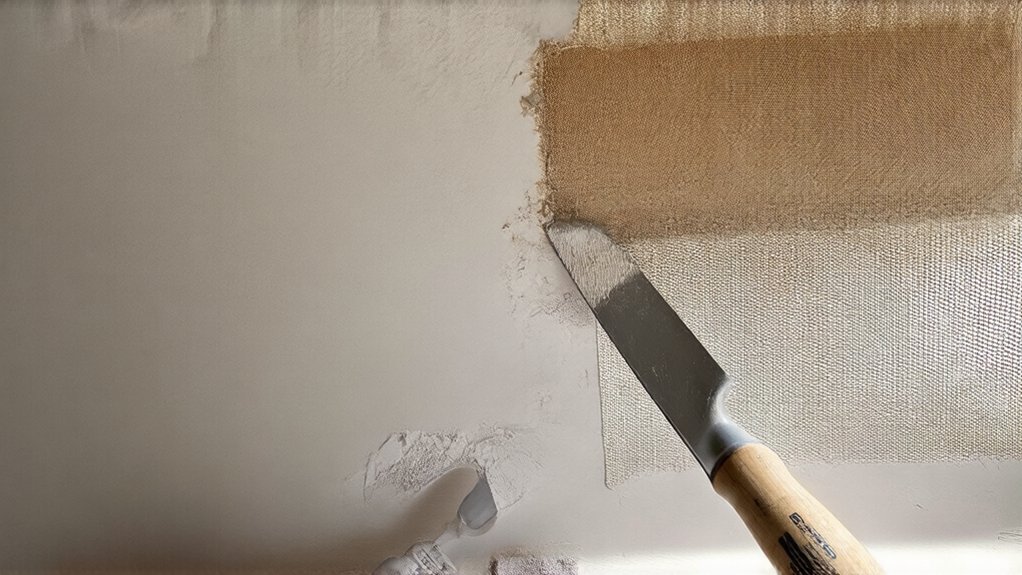When selecting drywall, you'll want to ponder your specific needs. For most interior walls, 1/2-inch panels work great, while 5/8-inch provides better fire resistance and sound control. Bathrooms and kitchens require moisture-resistant green board to prevent damage. Fire-rated options like Type X gypsum board boost home safety, and specialized soundproofing can reduce noise. Local building codes and professional advice will help you pick the perfect drywall for each space. Keep exploring to discover more home improvement insights.
Standard Wall Drywall Thickness Options
When it comes to drywall thickness, you'll find a few standard options that suit most residential and commercial building needs. You'll typically choose between 1/2-inch and 5/8-inch thick panels, depending on your framing considerations and installation techniques.
The 1/2-inch thickness works well for most interior walls with standard stud spacing, offering a balance between durability and weight. For areas requiring extra fire resistance or sound insulation, like garages or shared walls, the 5/8-inch panel provides elevated performance.
Your specific project requirements and local building codes will guide your selection, ensuring you make the most appropriate choice for your space. Residential drywall contractors in Erie, PA recommend consulting professionals to determine the best drywall thickness for your specific project.
Ceiling Drywall Thickness Recommendations
Hanging drywall on ceilings requires careful consideration of thickness to guarantee structural integrity and performance. You'll want to choose the right thickness based on your ceiling joist spacing and span requirements.
Typically, 1/2-inch drywall works well for most residential ceiling applications with joists spaced 16 inches apart. For larger spans or areas with more significant load-bearing needs, you might need 5/8-inch thick drywall for added strength and stability.
Your specific home's construction and local building codes will eventually determine your decision, so it's wise to consult a professional if you're unsure about the best thickness for your ceiling. Professional drywall installation services in Erie, PA can provide expert guidance on selecting the most appropriate drywall thickness for your specific project requirements.
Moisture-Resistant Drywall for Bathrooms and Kitchens
In high-moisture environments like bathrooms and kitchens, standard drywall can quickly deteriorate, making moisture-resistant drywall an essential choice for homeowners. You'll want green board or cement board to protect against potential mold growth and water damage.
These specialized materials feature amplified moisture control properties that standard drywall can't match. They're designed to withstand humidity, splashes, and condensation, preventing structural damage and maintaining your space's integrity. By investing in moisture-resistant drywall, you're not just protecting your walls—you're safeguarding your home's long-term health and appearance, ensuring a durable, attractive environment that resists mold and moisture-related issues.
Fire-Rated Drywall for Enhanced Safety
Every homeowner's worst nightmare is a house fire, and fire-rated drywall emerges as a critical line of defense against potential catastrophic damage. Understanding fire rated drywall code requirements can substantially improve your home's safety and protection.
Key benefits of fire-rated drywall include:
- Amplified structural integrity during potential fire events
- Increased time for safe evacuation
- Compliance with building safety regulations
Fire rated drywall installation tips recommend using specialized Type X or Type C gypsum boards, which contain glass fibers and additives that slow fire spread. When properly installed, these materials can provide critical minutes of protection, potentially saving lives and reducing property damage.
Soundproofing Drywall for Noise Reduction
While noise can unsettle peaceful living spaces, soundproofing drywall offers an effective solution for homeowners seeking acoustic tranquility. By integrating mass loaded vinyl installation and staggered stud framing, you can substantially reduce unwanted sound transmission between rooms.
These specialized techniques create a barrier that absorbs and blocks noise, transforming your living environment into a quieter sanctuary. Whether you're dealing with noisy neighbors, street sounds, or indoor echoes, soundproofing drywall provides a practical and innovative approach to maintaining your home's acoustic comfort. Your peace and quiet are worth the investment.
Specialized Spaces: Garage and Basement Drywall Considerations
Soundproofing techniques learned from previous rooms can be smartly applied when addressing garage and basement drywall challenges. Your specialized spaces require unique considerations for ideal performance and durability.
Garage drywall installation demands specific approaches:
- Use moisture-resistant Type X drywall for enhanced fire protection
- Select thicker panels (5/8 inch) to withstand potential impact
- Consider additional insulation for temperature regulation
Basement drywall application requires careful moisture management. You'll want to select materials that resist humidity and potential water damage, ensuring your space remains functional and protected. By understanding these complex requirements, you can confidently transform these areas into reliable, long-lasting extensions of your home.
Frequently Asked Questions
Can I Install Drywall Myself, or Should I Hire a Professional?
You can tackle drywall installation if you're handy, but consider your skill level. For complex projects, hiring licensed contractors guarantees professional quality. DIY considerations include tools, time, and potential mistakes that might cost more in the long run.
How Much Does Drywall Installation Typically Cost per Square Foot?
You'll find typical drywall installation costs range from $1.50 to $3 per square foot. Average drywall installation pricing depends on your project's complexity, but you're looking at roughly $30 to $60 for a standard wall section.
What Tools Do I Need to Cut and Hang Drywall?
You'll need a utility knife for scoring and a drywall saw for cutting. Grab a tape measure, level, drill, and screws. With these tools, you'll confidently tackle your project and feel like a true DIY pro in no time.
How Long Does It Take to Complete a Drywall Project?
Your drywall project's timeline depends on room size and complexity. You'll typically spend 2-3 days for a standard room, factoring in measuring, cutting, hanging, taping, and mudding – so plan carefully and be patient with the process.
Can I Paint Drywall Immediately After Installation and Mudding?
You'll need to wait before painting. Let the mud dry completely—typically 24 hours between coats and 48 hours after the final coat. Don't rush; patience guarantees a smooth, professional finish that'll make your space look wonderful.



